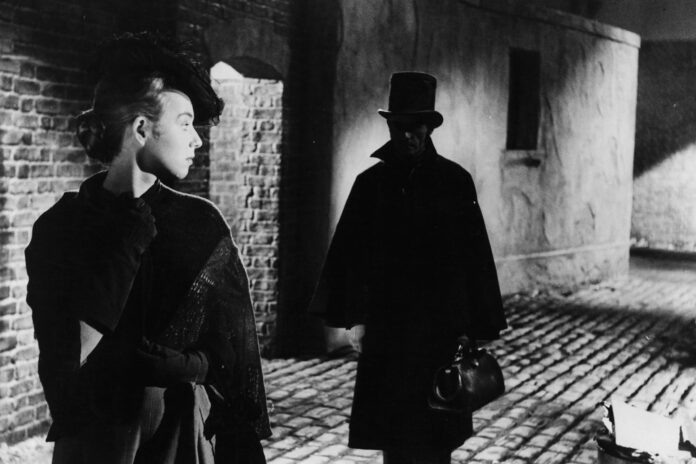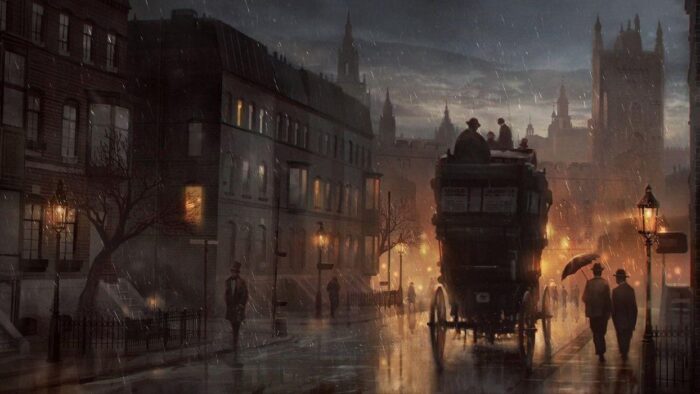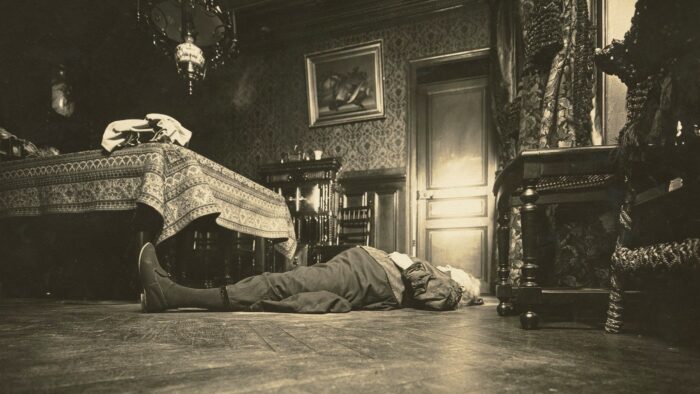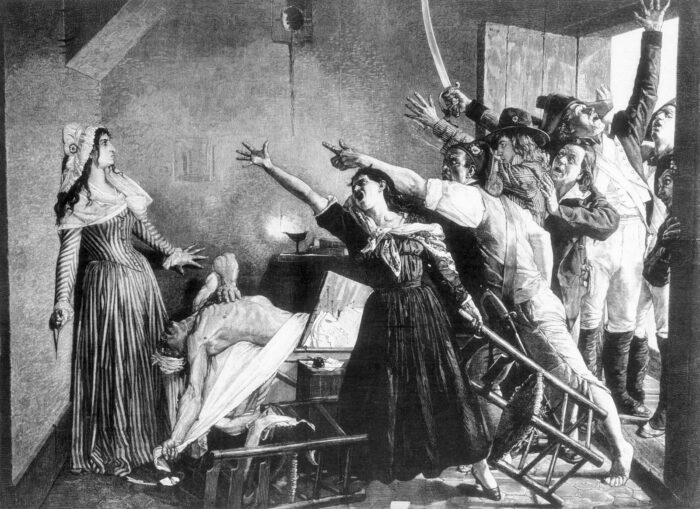
This article ventures into a captivating genre born at the intersection of history and crime – historical murder mysteries. This unique blend of fiction fuses historical accuracy with suspense, murder, and mystery. Historical murder mysteries set their plots against real historical backdrops, with characters adhering to societal norms and events of the respective period.
Moving forward, it is important to understand the place of historical murder mysteries within the larger scope of literature. Historical fiction serves dual purposes – it not only entertains through a narrative plot but also educates about the historical context, offering insight into lesser-known periods and incidents.
As a subset of this genre, historical murder mysteries incorporate elements of thriller, suspense, and mystery, making history more appealing and engaging. This compelling nature grips readers more intensely than many other genres, leading to their widespread popularity.
Historical Murder Mysteries

Historical murder mysteries are a fascinating subgenre of historical fiction. These tales are often masterfully written with an enriching blend of factual history and fictitious thriller plotlines, tightly enveloped within a swirling fog of mysteries.
The authentic representation of history in this genre drives the plot, lays out the character arcs, and shapes the conflicts within the narrative. A murder mystery set in Victorian London, for example, involves deep familiarity with the socio-cultural conventions, political climate, and even geographical details of the period.
This accuracy in portrayal engenders credibility to the fictitious aspect of the story. The rising public interest and popularity of historical murder mysteries lie largely in this successful blend of an immersive murder mystery and a window into the past, enhancing both the thrill of the read and providing an educational foray into historical eras.
The Process of Melding History with Fiction
The term ‘melding’ in the context of historical murder mysteries indicates how fact meets fiction, blending history with the author’s imagination. The result is an engaging narrative that offers readers both a compelling storyline and immersion into a historical pastime. This process creates boundless storytelling possibilities, allowing authors to interpret history creatively.
This combination of history and fiction requires a measured approach between the known facts and imaginative elements. The appeal of historical murder mysteries lies in the successful depiction of a murder mystery within an accurate historical setting. While maintaining suspense and intrigue, writers need to undertake extensive historical research and clever character and plot development.
However, this process also presents several challenges. Writers must ensure an accurate representation of history while creating an engaging story, ensuring one aspect does not overshadow the other.
Unearthing Clues in Prominent Historical Murder Mysteries

A stellar example of a historical murder mystery is ‘The Name of the Rose’ by Umberto Eco. Set in 14th-century Italy, Eco masterfully combines monkish learnedness and mystique with a murder plot. The smokescreen of coded manuscripts, secret symbols, and labyrinthine libraries enthralls readers, making it a benchmark for the genre. Eco’s substantive historical research and remarkable storytelling mesh perfectly, creating a captivating narrative.
‘An Instance of the Fingerpost’ by Iain Pears puts 17th-century England under the microscope. The narrative revolves around the mysterious death of an Oxford University don, entwining known historical figures like Oliver Cromwell in the plot.
Similarly, Ariana Franklin’s ‘Mistress of the Art of Death’ casts a female forensic pathologist in the 12th-century kingdom of Henry II. Franklin uses her historical skills to create a riveting tale of a murder investigation amidst historical political unrest.
In these works, the authors have meticulously blended historical facts with fictional murder plots, maintaining the reader’s engagement by layering complexities in the narrative. The seamless melding enriches the reading experience by uniting history and fiction.
The Role of Research in Crafting Historical Murder Mysteries
Readers seek a plausible and exciting story but also expect accuracy regarding historical events and lifeways. For instance, an accurate representation of Elizabethan England’s socio-political climate could significantly enhance Shakespearean-era murder mystery plots.
However, it is important not to get so mired in historical details that the story loses momentum or thrill. Striking the right balance allows the author to create a compelling narrative where the historical setting becomes as enthralling as the mystery itself.
Engaging Readers Through Historical Murder Mysteries

These narratives offer more than just a gripping storyline – they serve as an interactive learning platform. As readers solve cryptic clues and uncover mysterious plot twists, they simultaneously immerse themselves in various historical contexts. This unique blend between education and entertainment enables readers to understand history not just as a subject, but as a complex and fascinating recollection of past human experiences.
A well-plotted murder mystery set during the French Revolution or in ancient Egyptian civilization might instigate readers to learn about these periods. Thus, these novels stimulate intellectual curiosity while providing a captivating read. The responses and reviews from readers show a clear pattern of appreciation for the melding of fact with fiction, affirming the genre’s popularity. The intrigue of solving a murder mystery combined with the allure of time travel through accurate historical depiction creates a form of literature that is profoundly engaging and educative.
The Future of Murder Mysteries
New authors, equipped with fresh perspectives and innovative storytelling styles, may lend unique interpretations to this genre. Many emerging authors are exploring historically rich eras, some even challenging traditional narratives. The future of historical murder mysteries promises to be promising and endlessly interesting. Keep an eye on the horizon for the release of these captivating stories that transport readers back in time through a web of murder and mystery.
Historical murder mysteries represent a unique platform for readers to engage with past eras and societal contexts by combining factual history and thrilling fiction. The success of this genre rests on the effective combination of authentic historical representation with a gripping murder mystery. As interest in this genre continues to grow, we can surely anticipate more excellent and intellectually stimulating narratives from emerging and established authors alike.








